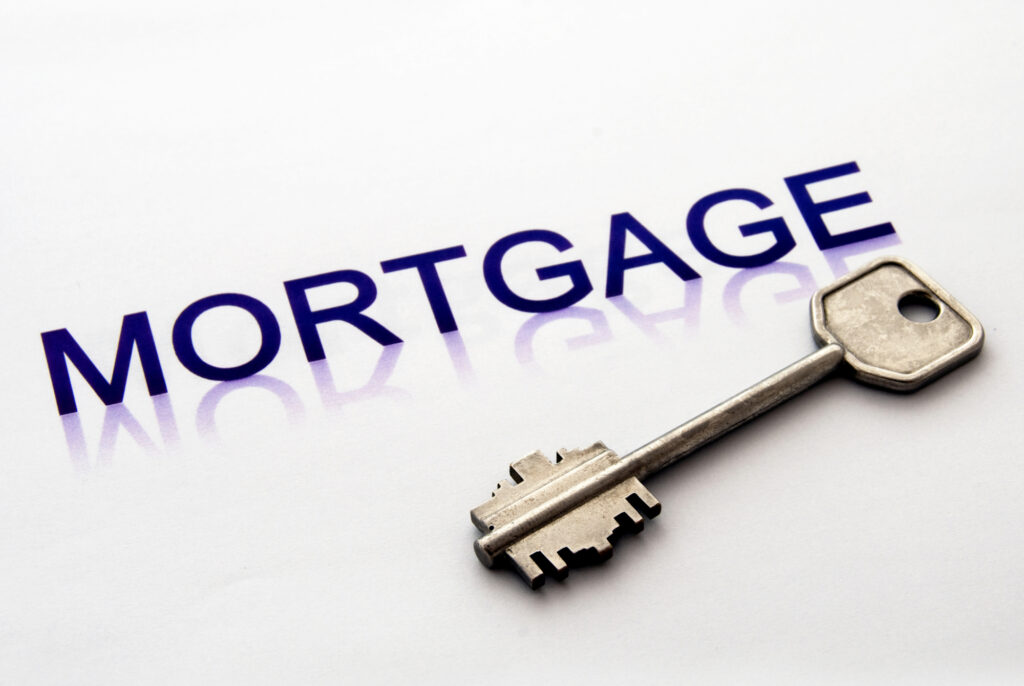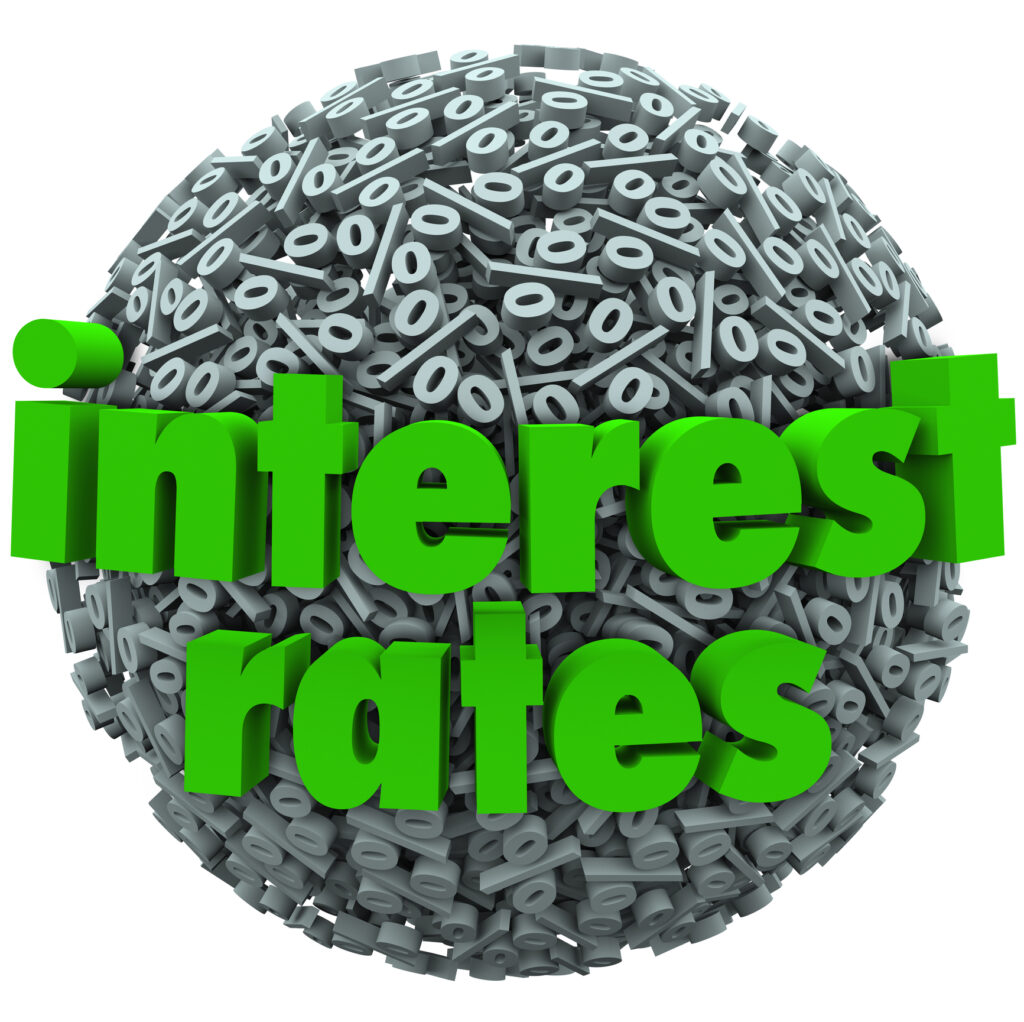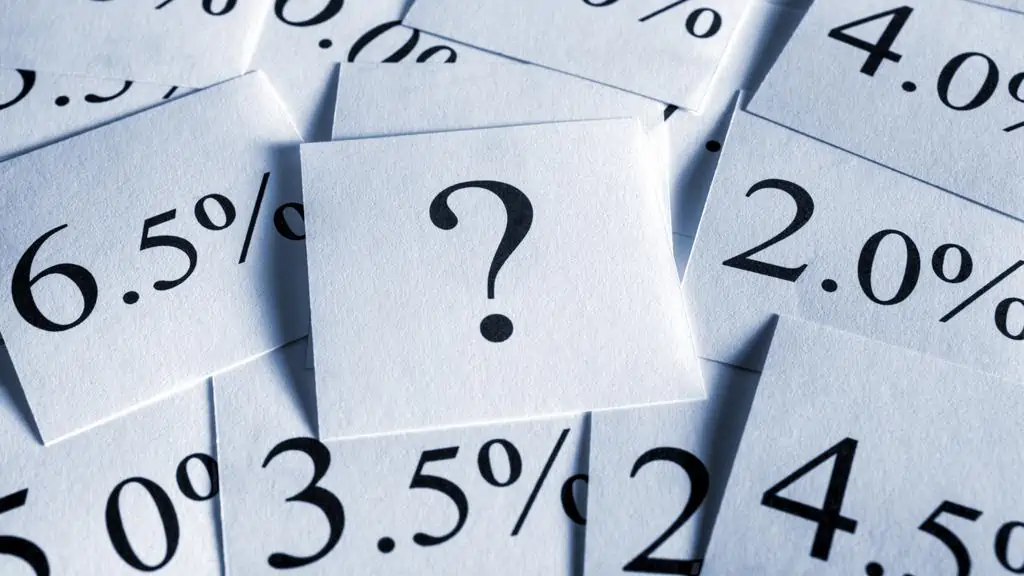Based on findings by the Federal Reserve, the chance of a spike in the mortgage prices in the coming future is high. A price increase will make mortgages more expensive for all the borrowers who might not be locked in to a rate and even unaffordable for some.
Differentiating Between the Types of Mortgage Prices

In the modern mortgage market, there is the presence of posted prices, lock prices, and fake prices.
- A posted price is what the lender looks for once a borrower has received approval on their application and they have been given clearance to ensure locking. Posted prices get delivered every day to telemarketers, loan officers, and other agents or employees given authorization towards offering the products of the lenders to the public.
- A fake price is the price that is quoted by a loan officer to grab the attention of the borrower. The practice is referred to as ‘low balling.’ A fake price that is below the respective posted price is not locked, but under specific circumstances, a fake price above the posted price can be locked.
- A lock price is the one to which a lender will commit to for the borrower. It is held for a particular period of 30 to 60 days. If the loan does not get closed within the respective period, the price commitment of the lender will expire.
Fed Hikes Affecting Mortgages, Card Rates, and Car Loans
Recently, the Federal Government gave the signal that it will start to raise the benchmark interest rate in March and a few times more this year. As such, both businesses as well as consumers will end up feeling it.
The Fed thinks that the job market in America is essentially going back to normal but inflation is also surging way beyond the annual target of 2 percent of the central bank. Therefore, it is time to increase the benchmark rate from almost zero.
The Fed has gone ahead with slashing its key rate after the ongoing pandemic resulted in recession almost two years ago. The idea was supporting the economy by facilitating the processes of spending and borrowing. Now, by making mortgages more expensive, the Fed assumes that the reason for the surging prices is squeezing businesses and consumers.
How to Prepare for the Rise in Interest Rates 2022?

Goldman Sachs predicts that the Federal Reserve will be raising the benchmark interest rate by a fuller percentage in 2022. As such, you might worry how the interest rate increases will impact your overall finances. Here are some ways to prepare:
- Refinancing Home Loans: You can come across mortgages with approximately 3 percent interest rates for most of 2021. The Mortgage Bankers Association offers the prediction that the rates will be increasing by 4 percent in 2022. It would make the monthly payments on mortgages costlier.
If you have a variable-rate or adjustable mortgage, you might think of refinancing for locking in a fixed-rate mortgage for mitigating the uncertainty of increasing rates. Ensure that you are doing ample research of the pros and cons of refinancing the mortgage before making the final decision.
- Refinancing the Private Student Loans: Borrowers with private loans mostly do not qualify for the pause on payments and interests for federal student loans of the Biden administration. Still, they are given the option of refinancing the loan at a fixed rate before the interest rate rises.
In case you have a private loan and are looking at the option of refinancing, then you can think of pulling the trigger quickly instead of later on trying and leveraging the benefits of the current rates.
- Paying Down the Credit Card Debt: The average rate of interest for credit cards is around 16 percent currently. However, with the ongoing rate hikes, the rates can advance to 17 percent by the end of 2022.
Depending on how much you owe, if you are already struggling with paying monthly bills, the extra dollars can be an unwanted burden. In the respective case, it can be a great option to look into the options of debt consolidation. It would include taking out the personal loan or a bank transfer card. You should also observe what would make the most sense to you.
In case you have payments regarding federal student loans that are paused until the mid of the year, you can make use of the funds for doing some financial housekeeping –like paying off the major part of the credit card debt for mitigating the hiked interest costs –if you are able to afford it.
- Improving the Credit Score: As lenders make use of the credit scores for determining what interest rates you will be paying on loans, the easiest method of offsetting increases of benchmark interest rates is by making your credit score better.
Credit cards are a great instance of how this functions –particularly since banks are capable of raising the rates at any time –given that they will be providing you a notice period of 45 days. To keep your credit score high, it is important to focus on paying off debt and ensuring on-time payments on the outstanding balance on a monthly basis.
Conclusion
For users of home equity lines of credit, credit cards, and other debts with variable interest rates, rates will be rising by almost the same value as that of the Fed hike. This is because these rates depend on the prime rate of the banks and move in tandem with Fed rates. The rate hikes of the Fed will not necessarily increase the rates of auto loans. Car loans are highly sensitive to competition – slowing down the rates of increases.

